Diamond Painting – How to Clean Wax?
Diamond painting is a popular craft that involves placing tiny resin rhinestones, also known as drills, onto a canvas to create stunning and sparkling artworks. As diamond painting enthusiasts immerse themselves in this creative and relaxing activity, they may encounter the issue of wax buildup on their tools and accessories.
In this article, we will explore the importance of cleaning wax in diamond painting and provide effective methods for maintaining clean and efficient tools.
Understanding Wax Buildup
Diamond painting drills, beads, and tweezers can become oily and sticky due to the use of wax in the painting process. The wax is used to pick up and place the tiny drills precisely onto the canvas, but over time, it can accumulate on the tools, making them difficult to use.
This can hinder the diamond painting experience and lead to frustration. Regular cleaning of the tools is essential to prevent dust and dirt buildup and ensure a smooth and enjoyable painting process.
Tools and Materials Needed
Before delving into the cleaning methods, it’s important to gather the necessary tools and materials for the task. Having a set of spare supplies in your inventory is recommended, as it ensures you have replacements available if any tool becomes excessively oily or difficult to use.
Additionally, you will need baby wipes or wet paper towels with dish soap, lukewarm water, sanitizer, and a mesh strainer for thorough cleaning.
Cleaning Diamond Painting Drills
If your drills are only moderately oily, a simple wipe-down might do the trick. Gently use baby wipes or wet paper towels with dish soap to clean the excess oil and wax from the drills. Ensure you rinse the tools well and allow them to air dry to prevent moisture from getting trapped in them.
For drills that require deeper cleaning, fill a large bowl with lukewarm water and add some sanitizer and dish soap. Place the drills on a mesh strainer and lower them into the warm water. Let them sit for around 30 to 60 minutes, then rinse them with fresh water and allow them to dry completely.
Cleaning Oily Beads
Unused beads can also clump together due to wax and oil. To salvage these beads and remove the accumulated oil, use baby wipes to cover the sticky diamond beads and fold them up properly to prevent the beads from slipping out.
Rub the baby wipe around to clean the beads and pour them into their storage containers. They will be back to their original state, ready to adorn magnificent paintings.
Cleaning Diamond Painting Pens
Diamond painting pens are essential tools for precise placement of the drills. To keep them in top condition, it’s crucial to clean the tip of the pen regularly. Wiping it down with a baby wipe or wet paper towel will help remove any excess wax and keep the pen functioning smoothly. Proper storage of the pens in plastic organizers also prevents wax buildup.
Organizing Diamond Painting Accessories
Staying organized is key to an enjoyable diamond painting experience. Using a plastic organizer ensures that your tools are easily accessible and protected from dust and dirt. Additionally, maintaining a collection of different diamond drills allows for seamless progress in your painting project without interruptions due to misplaced or dirty drills.

Tips for a Hassle-Free Diamond Painting Experience
To maintain a pristine painting experience, establish a regular cleaning routine for your diamond painting tools. Cleaning the tools immediately after each painting session ensures their longevity and optimum performance. Also, avoid wax buildup during painting by scrubbing off any wax residue on the drills, preventing them from becoming too sticky or oily.
Conclusion
Cleaning wax in diamond painting is a vital aspect of maintaining efficient and enjoyable crafting sessions. Regularly cleaning drills, beads, and pens ensures their longevity and helps prevent disruptions during painting. By using the proper tools and following the cleaning methods mentioned above, diamond painting enthusiasts can create dazzling artworks with ease and precision.

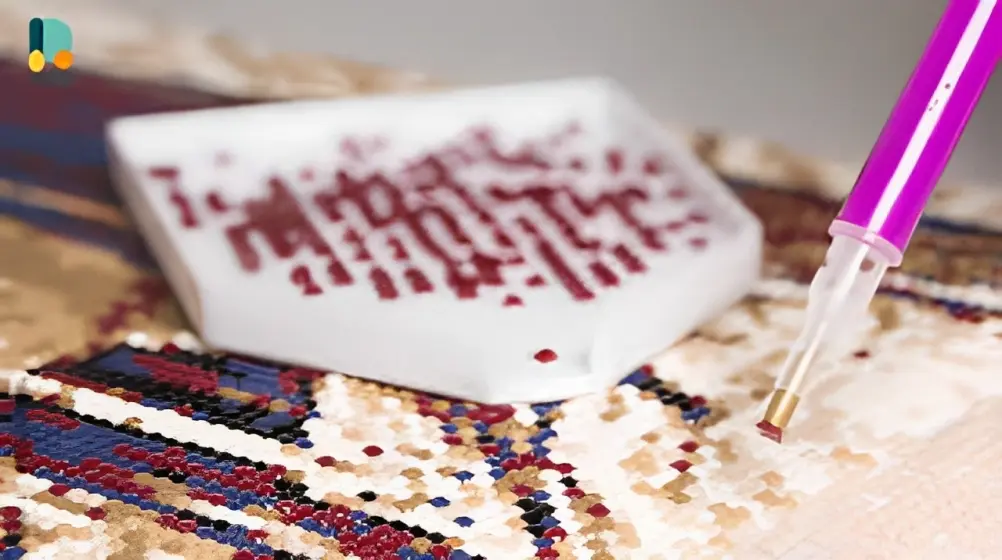
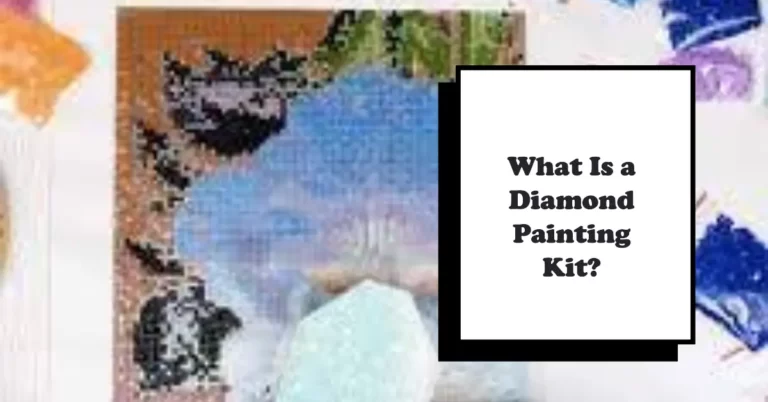

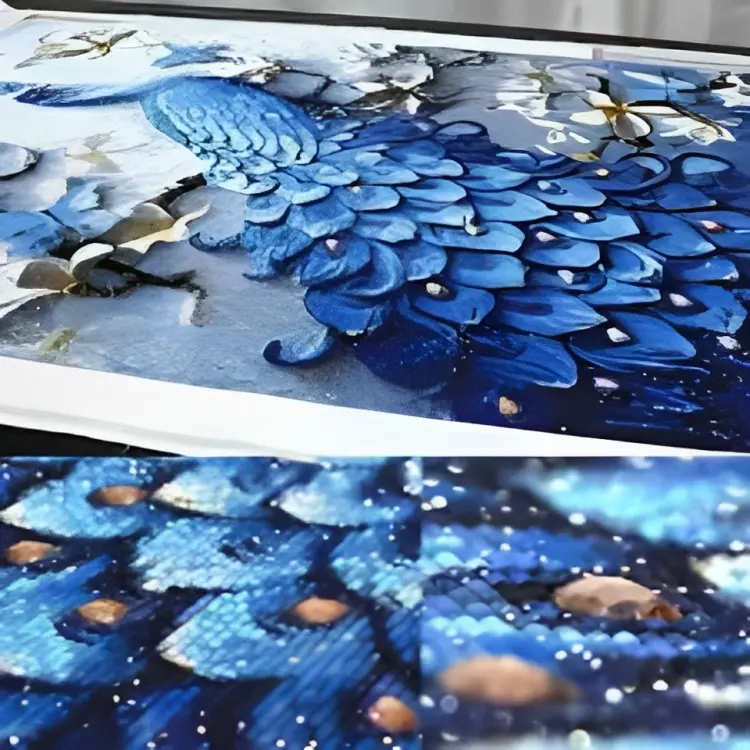

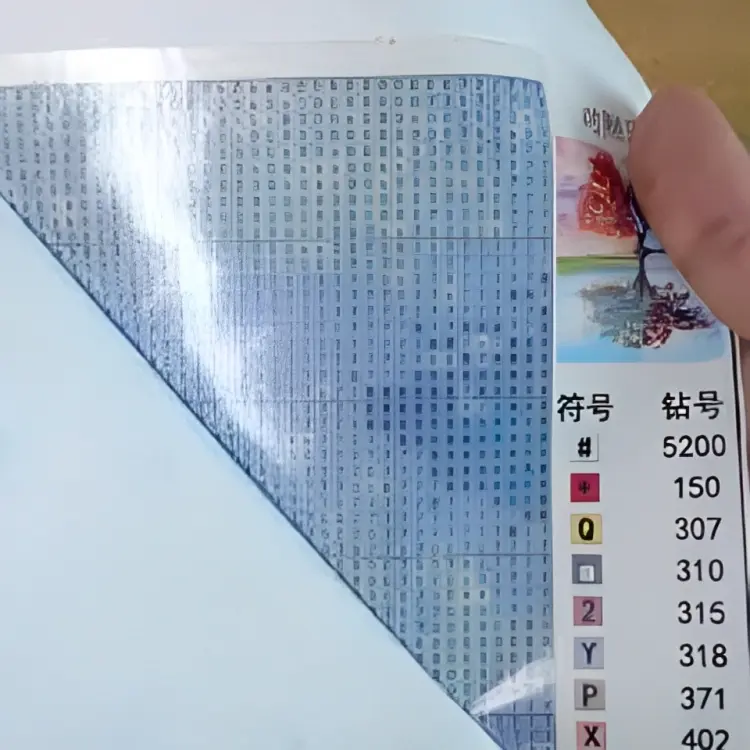
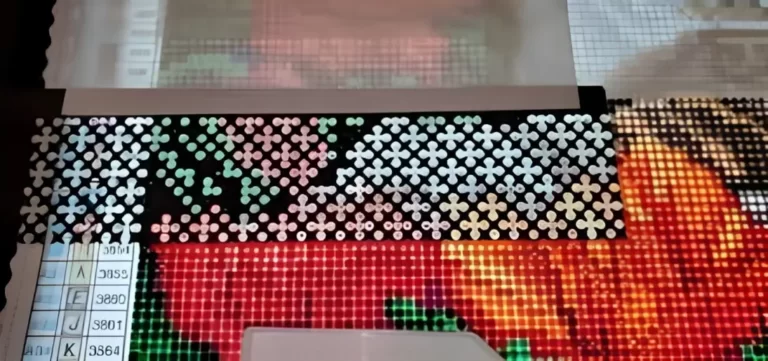
One Comment